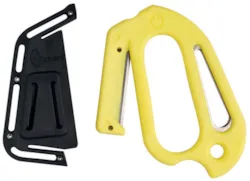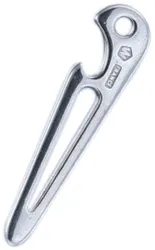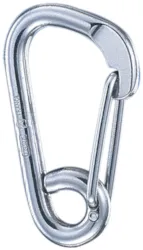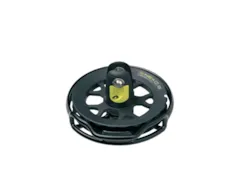Hello, and thank you for joining us for this new tutorial.
Today, we'll walk you through the installation of a downwind sail on a furler (Code D, Gennaker, Code Zero).
These sails are particularly useful as a complement to your genoa. Your boat will reach its full potential on downwind and in light wind conditions.
However, to make it easy, it is essential to follow the preparation steps carefully.
Required tools:
• Paire of pliers
Steps:
1. Attach the tack of the sail (black webbing for Code D) to the furler drum.
2. Connect the furler drum to the bow of the boat (bowsprit/pulpit/bow roller), then install your furling line circuit (see dedicated tutorial if needed).
3. Attach the two sheets to the clew of the sail (Velcro tip for Code D).
4. Lead the sheets and blocks, making sure they run outside all obstacles and rigging.
5. Attach the head of the sail (red webbing) to the swivel, then connect the halyard.
6. Hoist the sail all the way up. Ensure it passes freely outside all rigging and obstructions.
Notes:
On the first use, make a mark at the halyard cleat. This will help you find the correct tension more easily next time.
If you are using a tack line without a return to the cockpit, make sure it is fully tensioned (bottomed out) before tensioning the luff with the halyard.
Important:
If you're preparing the sail without unfurling it right away, secure the furling line (e.g., tie a knot around a mooring cleat).
Always re-tension the luff before furling the sail if it has been eased during sailing.
If you only have one sail on a furler, we strongly recommend storing the whole system — including the sail — inside a bag in a dry place when not in use.
Never leave the sail hoisted, even between two close uses.
If you have any questions, feel free to contact us!









